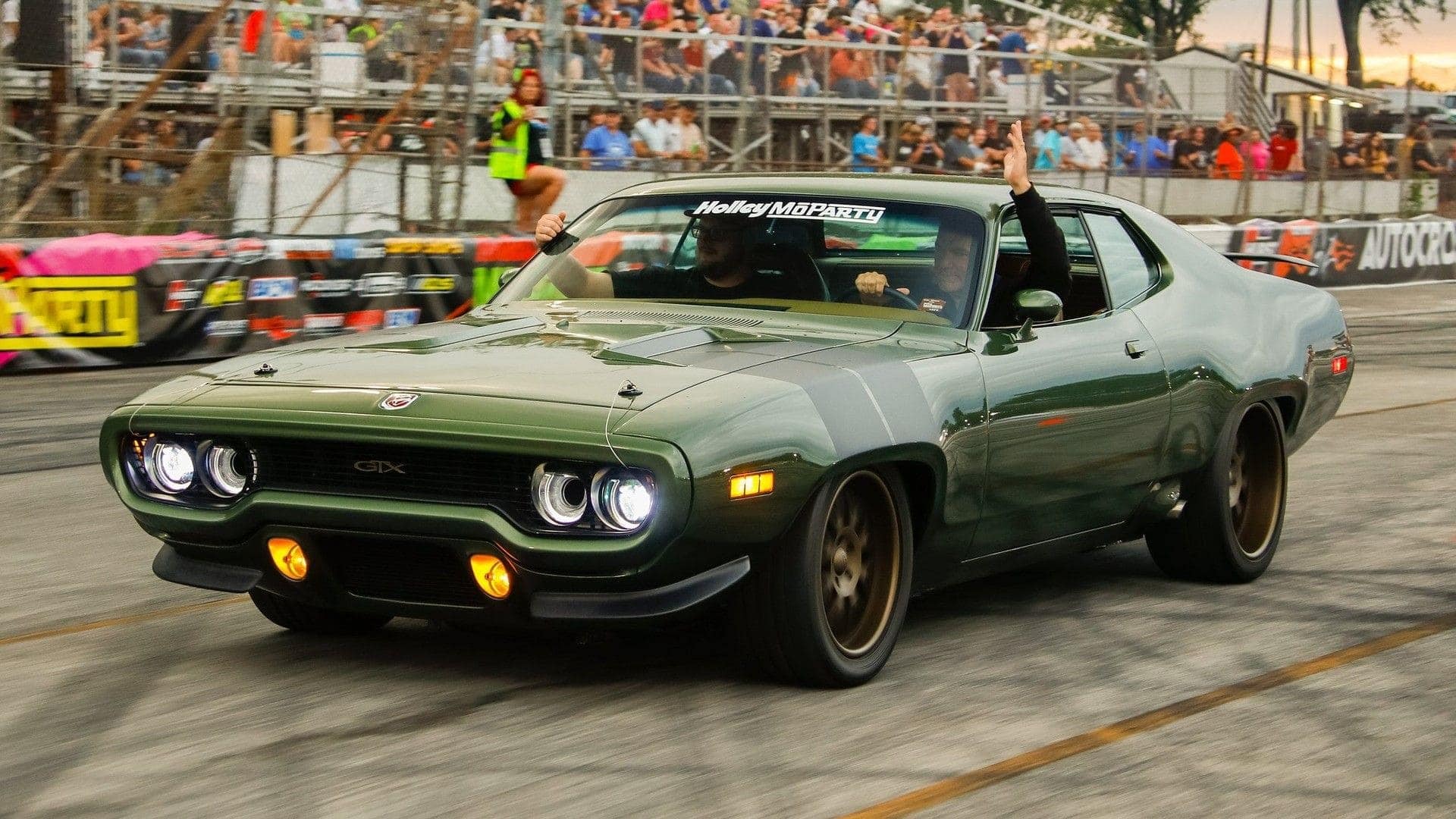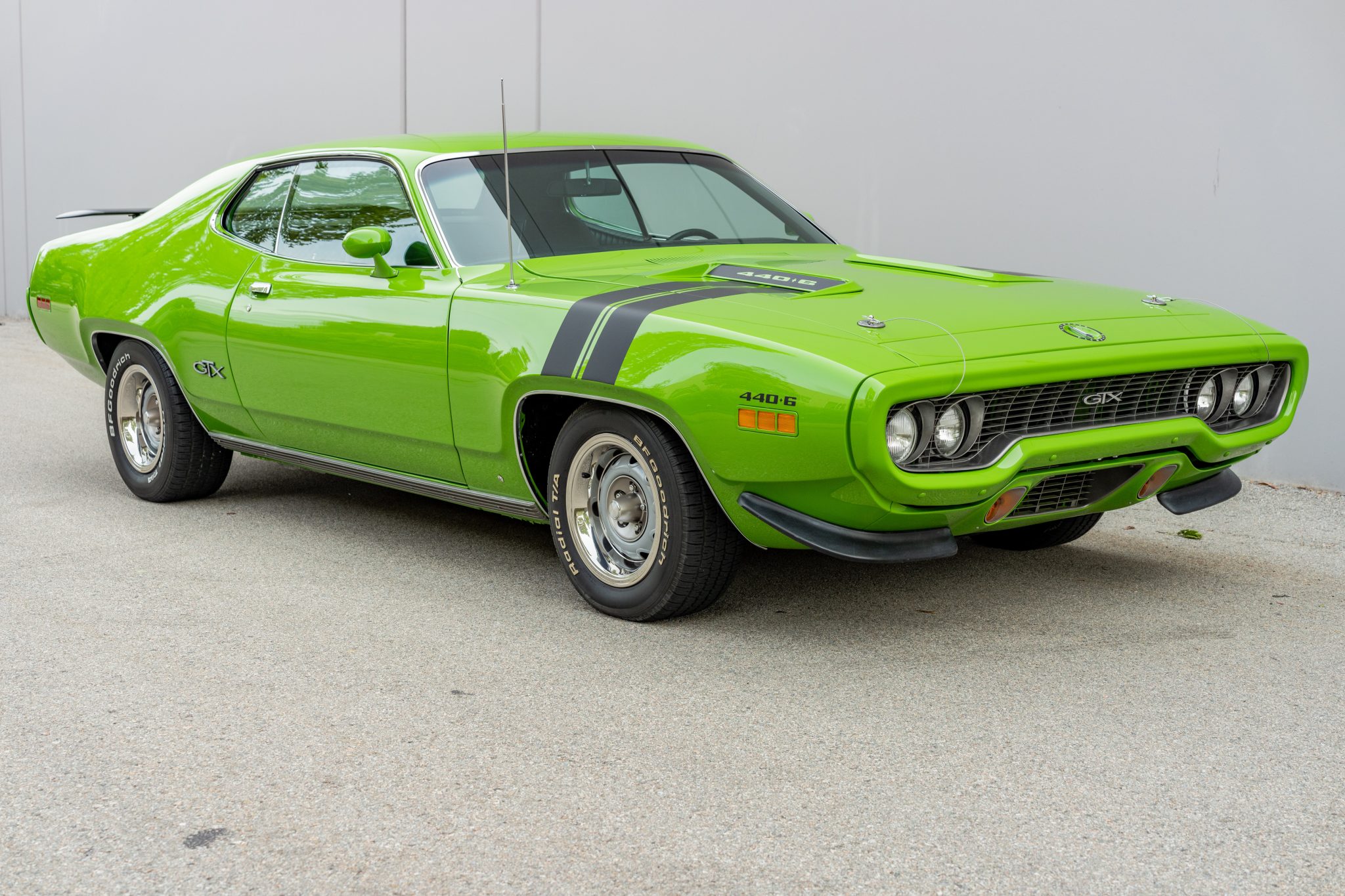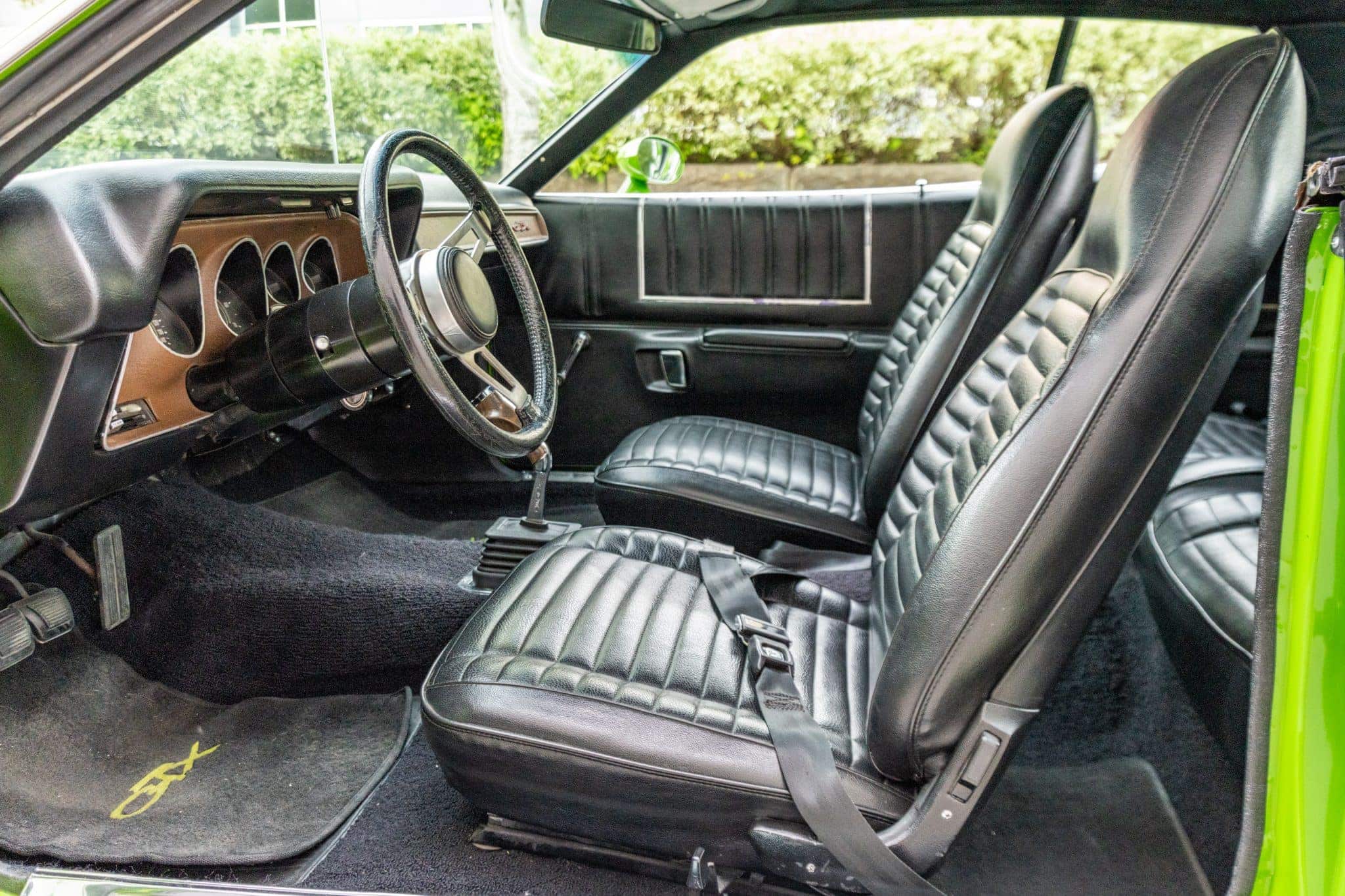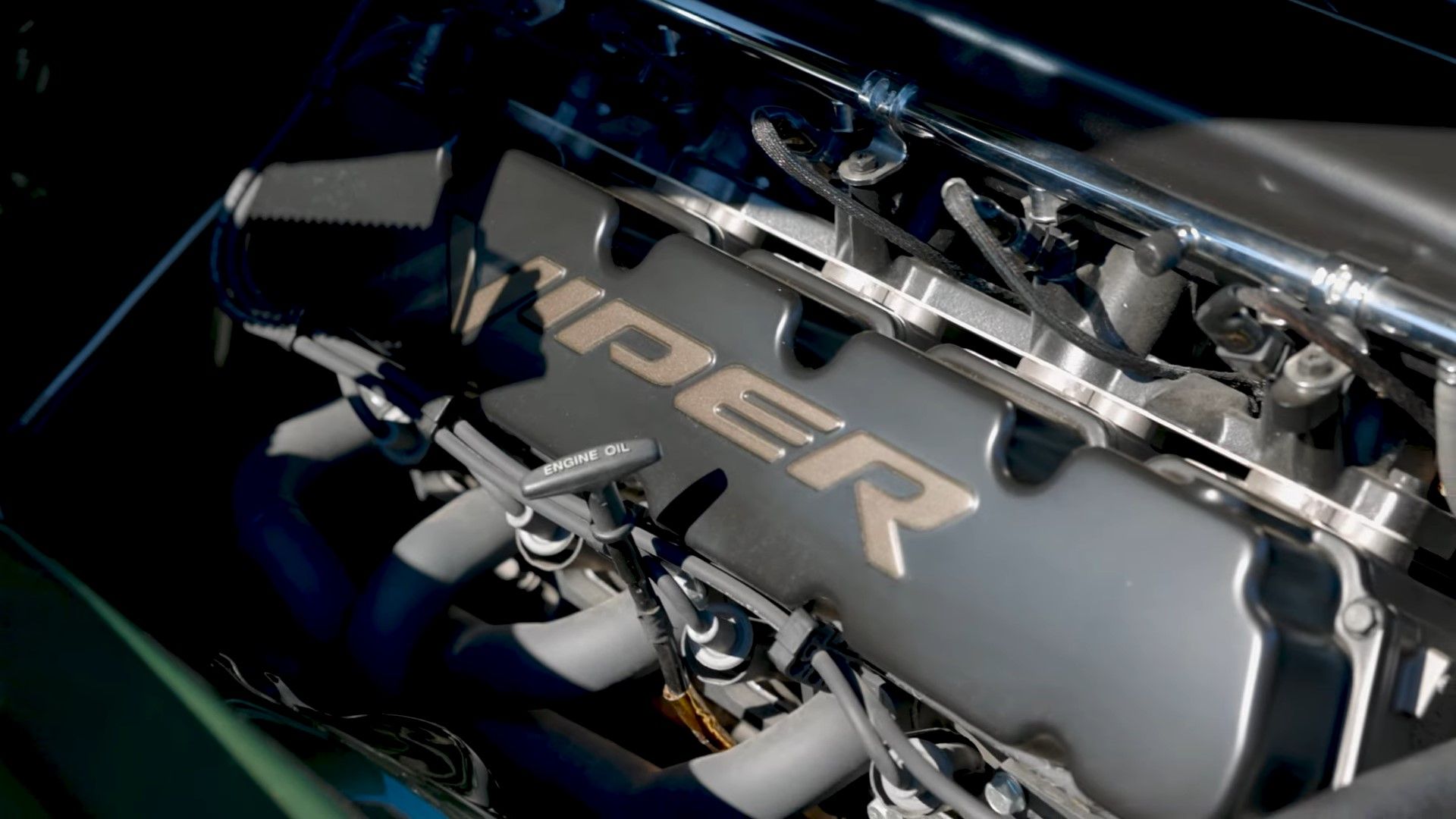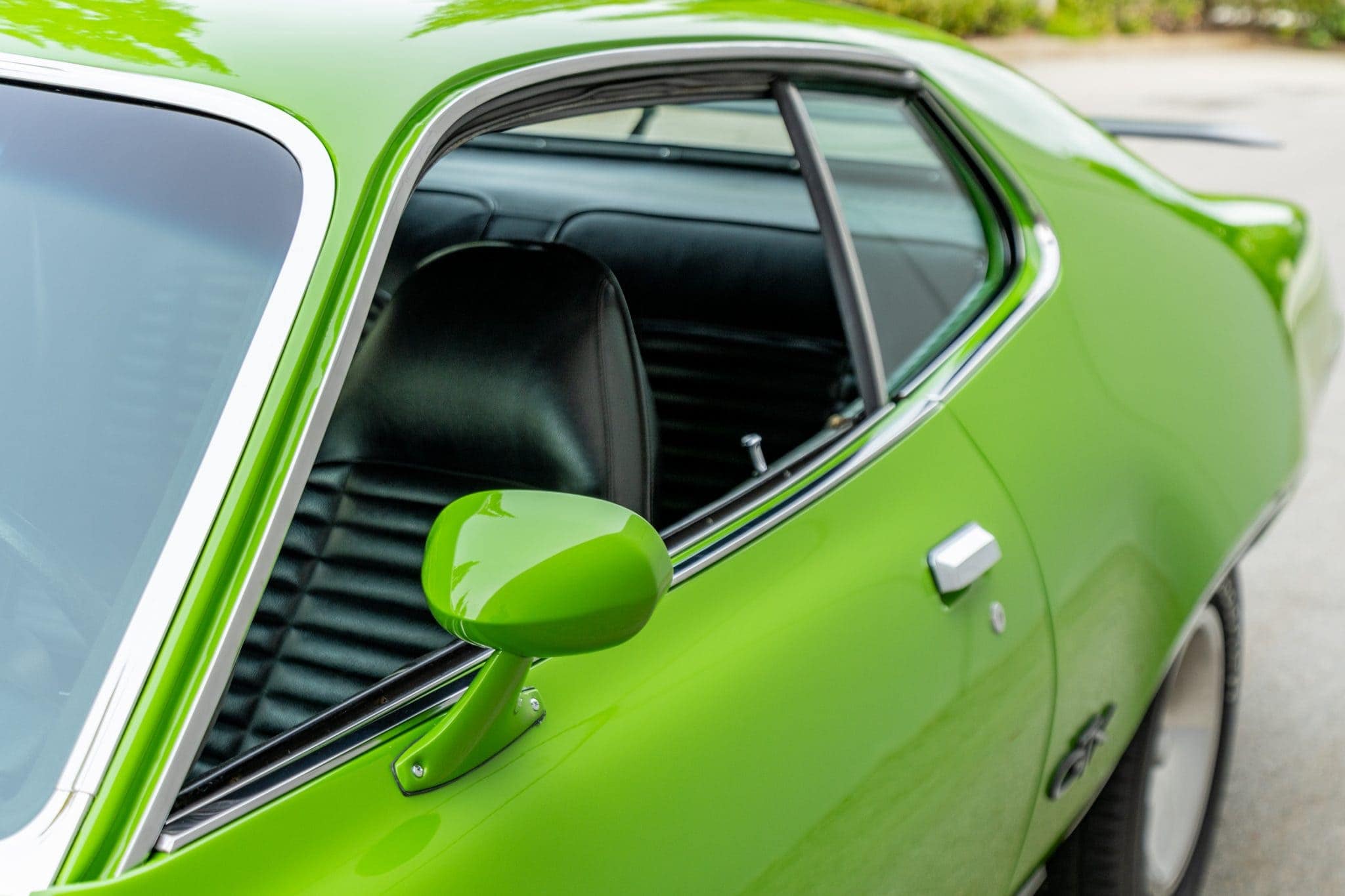The 1971 Plymouth GTX holds a special place in the annals of American muscle car history. As a high-performance version of the Plymouth Belvedere, the GTX was introduced in 1967 and was marketed as the “Gentleman’s Muscle Car,” offering both style and power. By 1971, the GTX had cemented its reputation as a potent and stylish vehicle, appealing to muscle car enthusiasts and collectors alike.
Design and Styling
The 1971 Plymouth GTX featured a distinct design that set it apart from its predecessors. The car’s exterior was characterized by its bold lines, aggressive stance, and distinctive features such as the split grille and dual hood scoops. The body was more streamlined compared to earlier models, with a slight “fuselage” appearance that gave it a modern and aerodynamic look. The GTX was available in several vibrant colors, including the iconic “Sassy Grass Green” and “Curious Yellow,” which added to its visual appeal.
Inside, the GTX offered a blend of comfort and sportiness. The interior was well-appointed with high-quality materials, bucket seats, and a center console. The dashboard was designed with the driver in mind, featuring easy-to-read gauges and controls that were within easy reach. Overall, the 1971 GTX provided a driving experience that was both exhilarating and comfortable.
Performance
Under the hood, the 1971 Plymouth GTX was all about performance. The standard engine was the formidable 440 cubic inch (7.2-liter) V8, known as the “Super Commando.” This engine produced 375 horsepower and 480 lb-ft of torque, providing impressive acceleration and top-end speed. For those seeking even more power, the GTX could be equipped with the legendary 426 cubic inch (7.0-liter) Hemi V8 engine. The Hemi engine, with its hemispherical combustion chambers, delivered a staggering 425 horsepower and 490 lb-ft of torque, making the GTX one of the most powerful cars of its time.
The GTX’s performance was further enhanced by its suspension and handling characteristics. The car featured a heavy-duty suspension system with torsion bars up front and leaf springs at the rear, providing a balance between ride comfort and cornering ability. The power-assisted front disc brakes ensured that the GTX could stop as well as it could go, adding to the overall driving confidence.
Market Position and Legacy
The 1971 model year marked a significant transition for the Plymouth GTX. It was the last year the GTX was offered as a standalone model; in subsequent years, the GTX package was available as an option on the Plymouth Road Runner. Despite this shift, the 1971 GTX left a lasting legacy in the muscle car world. Its combination of striking design, powerful engines, and balanced performance made it a favorite among enthusiasts and collectors.
Today, the 1971 Plymouth GTX is highly sought after in the classic car market. Well-preserved examples and those with the rare Hemi engine command high prices at auctions and car shows. The GTX’s status as an iconic muscle car is a testament to Plymouth’s engineering and design prowess during the golden era of American automotive history.
The 1971 Plymouth GTX remains a symbol of American muscle car excellence. Its unique blend of style, performance, and comfort continues to captivate enthusiasts and collectors decades after it first hit the road. As a classic car, the GTX embodies the spirit of an era when raw power and bold design were the hallmarks of automotive greatness. Whether admired for its aesthetic appeal or its performance capabilities, the 1971 Plymouth GTX is undeniably a classic that stands the test of time.
